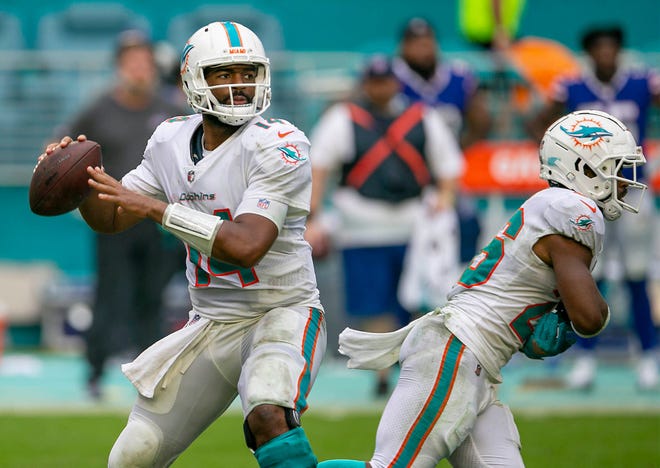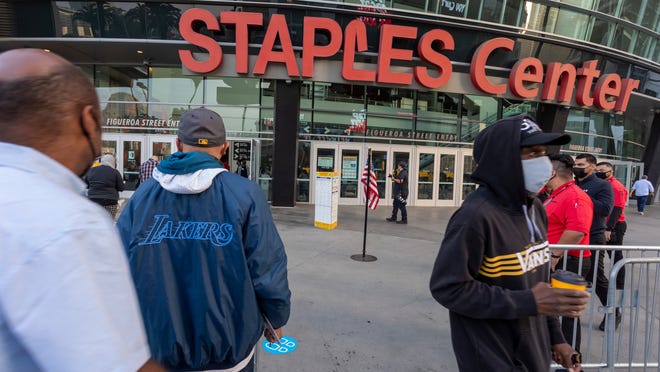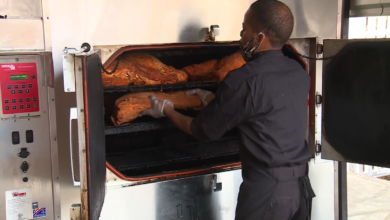

Editor's note: This article will be updated when the U.S. Department of Education releases its application for student loan forgiveness.
Student loan borrowers could begin seeing their balances erased by the end of the year. But for millions of Americans, it won't happen automatically.
In August, U.S. President Joe Biden announced his decision to cancel up to $10,000 in student loan debt for individuals making less than $125,000 a year. Borrowers who received Pell Grants in college are eligible for as much as $20,000 in debt relief.
Here are four dates to keep an eye on – including two before the year's end – to make sure you get your qualifying loans forgiven.
October 2022
The U.S. Department of Education announced in September that a simple application to apply for student loan forgiveness would be available in "early October."
About 8 million borrowers nationwide will automatically qualify for student loan forgiveness and won't need to apply for the forgiveness. That's because the U.S. Department of Education already has their income data on file and can verify eligibility without an application.
The other 35 million borrowers will need to submit an application for loan forgiveness.
How can I apply for student loan forgiveness?
The application will most likely be available through StudentAid.gov, where borrowers can fill out a form for the one-time debt forgiveness. Once your application is submitted, you will see a webpage with a confirmation receipt and receive an email confirmation.
In an email sent last week to people who signed up for updates, the U.S. Department of Education said the application will be short, online, and borrowers "won’t need to upload any supporting documents or use your FSA ID to submit your application"
The email continued: “Once you submit your application, we’ll review it, determine your eligibility for debt relief and work with your loan servicer(s) to process your relief. We’ll contact you if we need any additional information from you.”
To make sure you're ready to go when the application drops, double check that your income and loans qualify you for debt forgiveness. Although the department hasn't specified exactly what borrowers will need to include in their applications, it might still be wise to gather tax returns and any other documents that show income data in case you need to reference them.
Check in with your loan servicer about loan repayment, or figure out who your servicer is if you don't or its changed. Update your contact information on your loan servicer's account and on StudentAid.gov to make sure everything is up to date.
Borrowers can sign up for email updates from the U.S. Department of Education to get the most up-to-date information about the application.
For more information, visit the U.S. Department of Education’s FAQ or call 833-932-3439 for help, once the application is available.
Will legal challenges impact student debt forgiveness?
Student loan forgiveness has started to face new legal challenges from some conservative groups, including six states filing together Thursday in one lawsuit and Arizona filing its own challenge. A federal judge in Indiana already dismissed another lawsuit aiming to block the debt forgiveness plan.
Will these legal challenges affect borrowers applying for loans forgiveness?
For now, probably not.
That's because the program isn't mandatory for borrowers to enroll in.
“The claim is baseless for a simple reason: No one will be forced to get debt relief,” White House spokesperson Abdullah Hasan said last week in response to the lawsuits. “Anyone who does not want debt relief can choose to opt out.”
Nov. 15, 2022
Once your application is submitted, it should take between four to six weeks for loan forgiveness to hit your account.
That means if you want your balance eliminated or reduced before the student loan payment pause ends on Dec. 31, 2022, you need to submit your application before Nov. 15. Doing so will ensure that you'll receive loan forgiveness before payments begin and interest starts accruing again.
Jan. 1, 2023
After seven extensions of the pandemic-era payment pause on federal student loans, the pause is finally set to end come the new year.
Borrowers who expect to still have a monthly payment after forgiveness should start salting away some extra money now, experts say, to make sure they can accommodate the bill next year.
Dec. 31, 2023
This is the final deadline to apply for one-time student loan debt relief through StudentAid.gov.

Sheridan Hendrix is a higher education reporter for The Columbus Dispatch. Sign up for her Mobile Newsroom newsletter here and Extra Credit, her education newsletter, here.
@sheridan120








